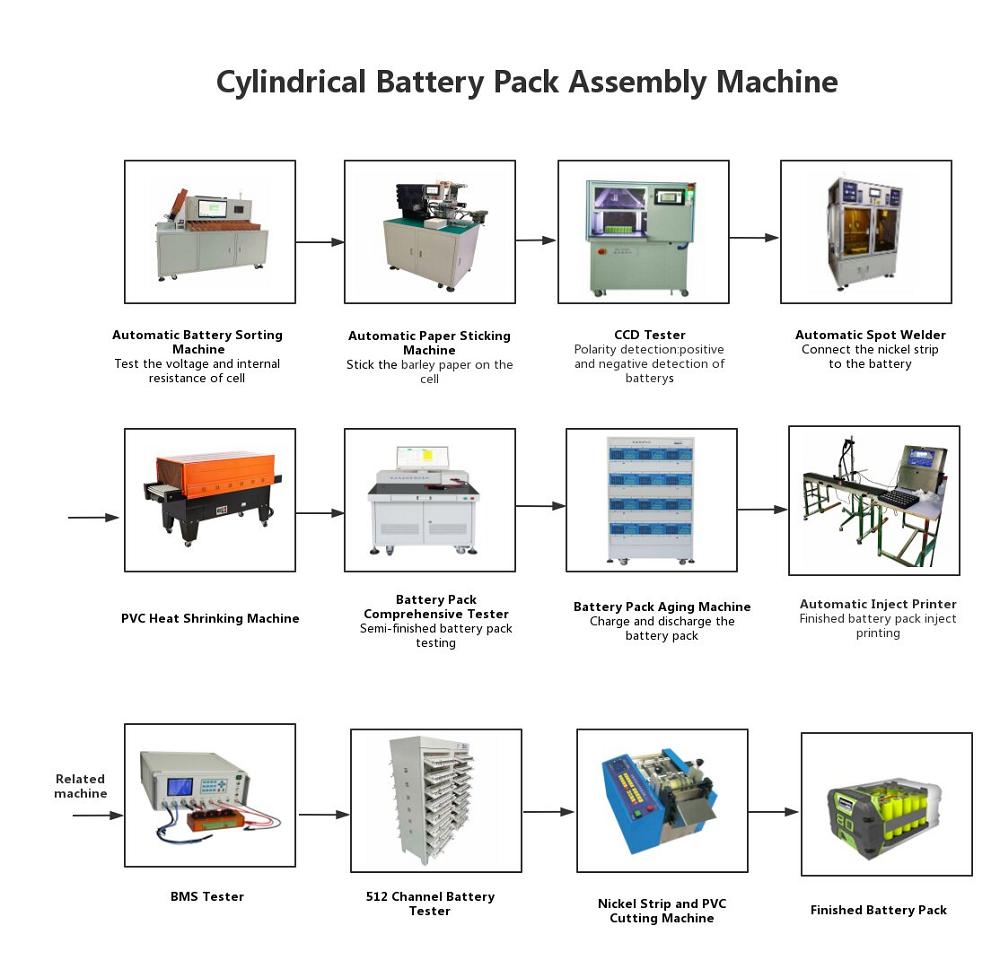An Battery Short Circuit Tester is a specialized testing apparatus used to subject products or components to controlled mechanical vibrations. This type of testing is crucial for assessing how products withstand vibrational stresses, which may simulate real-world conditions such as transportation, operational vibrations, or seismic events. Here are specific details about its functionality:
Vibration Simulation:
Objective: The primary purpose of the electromagnetic vibration test machine is to simulate and replicate mechanical vibrations that a product may experience during transportation, usage, or other relevant scenarios.
Electromagnetic Drive System:
Operating Principle: These Fast Thermal Test Chamber typically utilize an electromagnetic drive system to generate controlled vibrations. The electromagnetic force is applied to the test specimen, inducing mechanical vibrations.
Frequency and Amplitude Control:
Adjustable Parameters: The machine allows for the precise control of vibration frequency and amplitude. This flexibility is essential for replicating different vibration profiles that a product may encounter in its intended environment.
Sinusoidal and Random Vibration Modes:
Versatility: It often supports both sinusoidal and random vibration modes. Sinusoidal vibrations replicate simple harmonic motions, while random vibrations simulate more complex, real-world scenarios.
Multi-Axis Testing:
Tri-Axial Testing: Some electromagnetic vibration test machines are capable of applying vibrations in multiple directions, enabling tri-axial testing. This is valuable for assessing a product's response to vibrations along different axes.
Product Performance Assessment:
Dynamics Analysis: The battery Nail Penetration Tester is used to evaluate a product's dynamic response to vibrations, identifying potential weaknesses, resonance points, or structural vulnerabilities that could compromise performance or durability.
Endurance and Reliability Testing:
Long-Term Performance: Products are subjected to prolonged vibration testing to assess their endurance and reliability under continuous vibrational stress. This is especially important for components used in industries such as automotive, aerospace, and electronics.
Quality Assurance:
Production Validation: Electromagnetic vibration testing is employed as part of quality assurance processes during product development and manufacturing, ensuring that products meet industry standards and specifications.
Environmental Testing:
Replication of Environmental Conditions: The machine helps replicate environmental conditions where vibrations may be a concern, such as seismic events, transportation, or industrial machinery operation.
Research and Development:
Improvement of Designs: Insights gained from vibration testing contribute to the research and development of products, guiding engineers in improving designs to enhance structural integrity and performance.
In summary, the Electromagnetic Vibration Test Machine is a critical tool for assessing a product's ability to withstand mechanical vibrations. It is widely used in various industries to ensure the reliability, durability, and performance of products under conditions that involve mechanical oscillations.




 Online service
Online service
